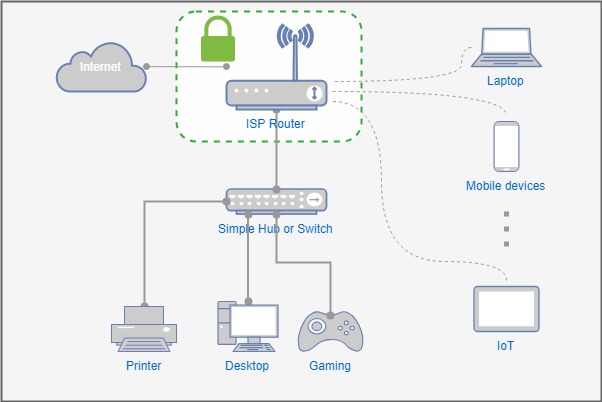Mobile-First Technology Design Principles: Building Digital Experiences for the Modern User
In a world where smartphones dominate daily interaction, designing with a mobile-first mindset is no longer optional it’s essential. Mobile-first technology design principles prioritize user experiences on smaller screens before scaling up to desktops, ensuring accessibility, speed, and functionality from the ground up. Whether you’re creating a website, app, or digital product, embracing mobile-first thinking puts usability, clarity, and performance at the core of your development strategy. For developers, designers, and business leaders, this approach ensures your digital presence thrives in a mobile-dominated landscape.
Why Starting with Mobile Creates Smarter, Leaner Designs
Mobile-first isn’t just about screen size it’s about focusing on what matters most. When you design for limited space, you’re forced to strip away distractions and highlight core content and functionality. This leads to cleaner interfaces, intuitive navigation, and faster load times all of which improve user satisfaction and SEO performance. Starting with mobile also ensures compatibility across a wider range of devices, from phones and tablets to emerging wearables. The result is a digital product that works anywhere, anytime, for anyone.
Responsive Layouts That Adapt to Every Screen, Seamlessly
One of the hallmarks of mobile-first design is responsiveness. Instead of designing separately for each device, mobile-first frameworks use flexible grids, scalable images, and adaptive CSS to create layouts that adjust fluidly. This ensures that users get a consistent, optimized experience whether they’re on a smartphone, tablet, or desktop. From collapsible menus to touch-friendly buttons, mobile-first responsiveness anticipates user behavior and delivers convenience at every interaction point. This adaptability not only improves UX it reduces development costs and update cycles.
Performance Optimization: Speed and Simplicity Are Everything
Mobile users expect speed. If your site takes too long to load or your app lags, you risk losing users before you even make an impression. That’s why performance is a core pillar of mobile-first technology design. Developers focus on minimizing file sizes, reducing HTTP requests, and prioritizing content above the fold. Tools like lazy loading, content delivery networks (CDNs), and compressed media ensure that users can access what they need without delay even on slow mobile networks. In the mobile-first era, performance isn’t a nice-to-have it’s the foundation of digital success.
Prioritizing Touch Interactions and Mobile Behaviors
Touch interfaces come with unique design demands. Buttons must be large enough to tap accurately. Menus need to be swipe-friendly. Forms should be streamlined and autofill-enabled. Mobile-first design takes these interaction patterns seriously, creating a seamless experience that feels intuitive and natural. Features like biometric login, native gestures, and contextual navigation are increasingly standard, especially in apps. By putting mobile user behavior at the center of your design, you build trust and encourage engagement in ways that click-based interfaces simply can’t replicate.
Mobile-First Design Supports Accessibility and Global Reach
Designing for mobile first naturally supports accessibility. Simplified layouts, readable fonts, high-contrast visuals, and minimal clutter make it easier for users with visual or cognitive impairments to navigate your content. Mobile-first also opens the door to a global audience especially in regions where mobile devices are the primary means of internet access. By designing for mobile, you’re not just improving UX you’re promoting inclusivity and expanding your reach to users who may not have access to traditional desktop environments.
FAQs
Does mobile-first design mean ignoring desktop users?
Not at all. It means building for mobile first, then progressively enhancing the experience for larger screens to ensure consistency and performance everywhere.
Is mobile-first only important for apps?
No. Mobile-first principles apply to websites, web apps, and digital products of all kinds. The approach improves usability across all platforms.
What’s the difference between mobile-responsive and mobile-first?
Responsive design adapts layouts to any screen size, while mobile-first starts with mobile constraints and scales up, emphasizing minimalism and speed.
Can mobile-first improve SEO?
Yes. Google prioritizes mobile-friendly and fast-loading pages in its rankings, making mobile-first design a key factor for search performance.
Is mobile-first harder to implement than traditional design?
Initially, it requires a mindset shift, but in the long run, it simplifies development by prioritizing essential content and reducing design complexity.
